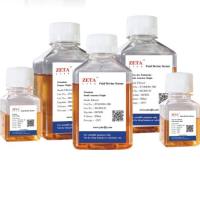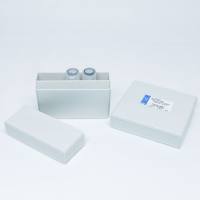Immunogenetics and Life-Span: HLA
互联网
678
The major histocompatibility complex (MHC) is located in the region 9p216pter on the short arm of chromosome 6 and encompasses approx 4000 kilobases of genomic DNA. Contained within this complex are numerous genes with immune-related functions: notably the class I and class II human leukocyte antigens (HLA), tumor necrosis factor A and B, the complement genes, and genes that orchestrate the transport (TAP ) and processing (LMP ) of antigens for presentation. The HLA class I (HLA-A, HLA-B, HLA-C) and HLA class II (HLA-DR, HLA-DQ, HLA-DP) cell surface glycoproteins present antigenic peptides to CD8+ and CD4+ T cells, respectively, and play a central role in mediating the immune response. The HLA class I and class II genes display extreme degrees of polymorphism, making the MHC region the most polymorphic and densely populated area of the human genome. It is now well established that certain HLA specificities are strongly associated with numerous diseases, especially those with an autoimmune dimension, and confer resistance/susceptibility to certain infectious diseases. The possibility that HLA identity may have a genetic role in longevity in humans has long been suspected, spurred on by the importance of the HLA antigens in the immune response and data from studies in mice indicating that genes in the MHC region are associated with a significant effect on life-span. The results to date from these studies are confusing and contradictory, with no consistent association found as yet (1 ).









